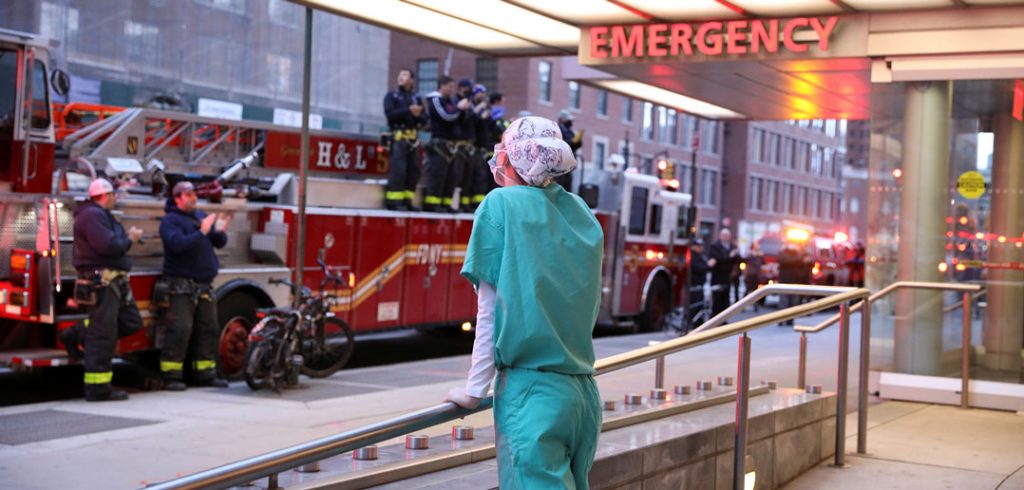It has been a typical sight for Mitchell, whose duties have been reshaped by the current pandemic. Less typical? Seeing her family and friends.
She is staying away from them, which is “the biggest challenge,” said Mitchell, a 2015 Fordham College at Rose Hill graduate who works at Lenox Health Greenwich Village in New York City. “I am exposed to the virus every day at work, so I do not want to risk getting any loved ones sick.”
Mitchell is one of many Fordham alumni working daily on the front lines of the COVID-19 pandemic that has uprooted and altered people’s lives across the country.
She has seen her roles shift and change as her emergency room, like so many others, has worked to treat patients who have COVID-19. Rarely is she treating anyone without some symptoms of the disease caused by the novel coronavirus. She’s also had to take on more shifts in a newly created unit—formed out of what was the ambulatory surgery floor—for patients awaiting discharge and for patients receiving end-of-life care.
“Pure COVID Duty”
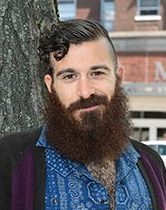
Things have changed radically for Hussein Safa, FCRH ’12, a third-year resident in family and social medicine at Montefiore Medical Center in the Bronx, as he and his colleagues treat patients who have what he described as a “scary virus.”
“We had a 28-year-old on our floor with the virus struggling to breathe, and I heard stories of other healthy young people dying from this,” he said. “Those types of cases are also hard on us resident doctors, because these patients are our age with no medical problems like us. It’s hard to be taking care of patients like that and to be thinking, ‘This could be me.’”
His rotations have been canceled, and Safa and his fellow residents are now on “pure COVID duty” for their 12-hour shifts.
“We’re a lot busier during these 12 hours than before,” especially during night shifts, in light of the spike in patients and their acute needs, he said. “You have to really keep an eye on people and their oxygen status, so you’re checking on people a lot.”
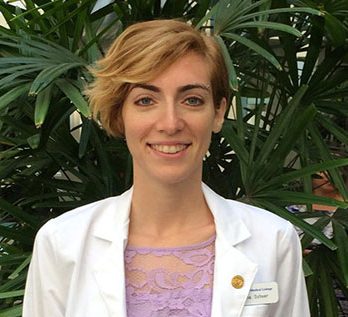
Sam Schoer, FCLC ’09, an OB-GYN resident at University of California San Francisco (UCSF) Medical Center, said in late March that they’ve had to pay particularly close attention to the oxygen status of their pregnant patients.
One of them, COVID-positive and 30 weeks pregnant, was given a C-section under general anesthesia because the baby wasn’t looking good, and “because she was intubated and so sick,” Schoer said. “Normally, we would not C-section someone that early.”
The patient was extubated after 10 days and is recovering, and her baby has been healthy since birth. Her case and others like it have made the hospital update its policies to give a COVID test to every patient admitted to labor and delivery, “just in case,” Schoer said.
Victoria Cipollone, FCRH ’14, a physician assistant in cardiothoracic surgery at Westchester Medical Center in Valhalla, New York, since December, was in the operating room almost every day, learning different adult and pediatric surgeries, until the pandemic began.
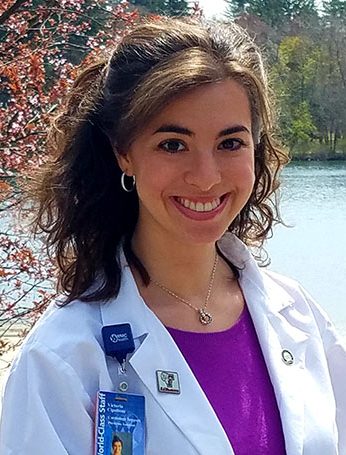
Since then, “surgery is pretty much on hold across the board,” except for emergencies, she said. “You’ll find that across the country in most specialties.”
Cipollone said that they have been “reshuffled to help in other ways,” depending on where they’re needed—either in their own departments, the emergency room, or helping COVID patients. And their supplies of personal protective equipment (PPE) are increasingly limited.
Disposable face masks designed to be thrown away after leaving a patient’s bedside are being reused over and over, said Safa, the resident from Montefiore. Other basic supplies are also running low, including oxygen masks and medicine that keeps intubated people asleep so they don’t pull the tubes out, he said.
Harrison Pidgeon, FCRH ’15, an emergency medicine resident at Rush University Medical Center in Chicago, said in early April that while his area hadn’t been hit as hard as others, like New York and Louisiana, they were rationing supplies to stay ahead.
“Everyone was allocated certain PPE, which hadn’t been as structured before,” he said. “I’m lucky my [bosses]have my best interest in mind and go out of their way to ensure my safety.”
Moving Online
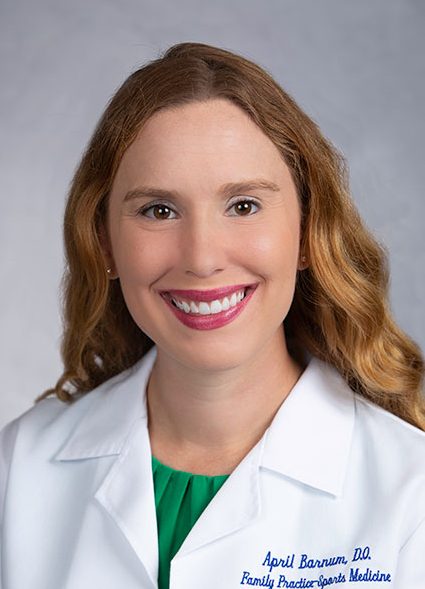
While providing equipment is one way to protect those on the front lines, others have done so by trying to limit the number of patients and staff inside the facilities.
Twin sisters April and Kimberly Barnum, FCRH ’11, doctors on opposite sides of the country, have mostly shifted to telemedicine.
Kim is an attending physician in family medicine for Summit Medical Group who usually practices in Westfield, New Jersey; April, board certified in family medicine, is completing her sports medicine fellowship at San Diego Sports Medicine & Family Health Center, although her training room sessions for sporting events have been canceled.
In caring for both patients and herself, Kim Barnum has relied on Fordham’s lessons in cura personalis, or care for the entire person. “That means that it is important not only to take care of yourself physically but also mentally,” she said.
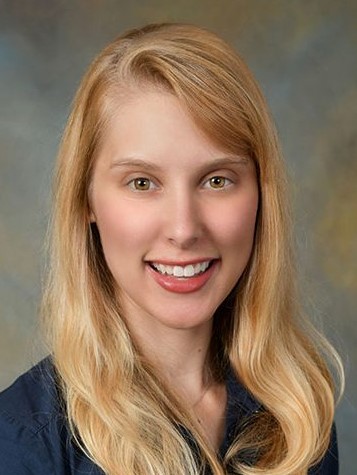
Both Barnum sisters said that the move to virtual care has worked well for the most part. However, Kim said, “One of the biggest challenges I’m seeing with the COVID-19 pandemic is a rise in mental health issues, like anxiety and depression.”
Schoer, the OB-GYN resident, said that the UCSF hospital is relying on “skeleton teams” to minimize the number of people in the hospital. Schoer was on “home call” for two weeks, talking to patients on the phone all day—“a very different change from what my normal life is, where we’re in the hospital up to 80 hours a week.”
The lack of face-to-face interaction has also affected how Bessy Santiago, GSS ’13, does her job. Santiago, a social worker completing the Montefiore Hospice and Palliative Medicine Fellowship Program in the Bronx, helps her patients cope with the physical, emotional, and spiritual aspects of serious illness while also guiding them and their families as they make decisions about treatment or end-of-life care.
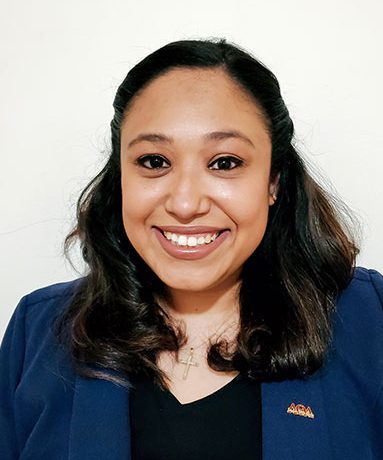
So far, she has worked with families of more than 200 COVID-19 patients. “We already as a palliative team are exposed to a lot of grief and loss on a day-to-day basis, but now it’s intensified,” she said.
Santiago is negotiating entirely new terrain because she hasn’t been able to speak with the patients, since they’re intubated and sedated, and conversations with family take place remotely, via telephone or video chat. She can’t call families from the patients’ bedsides either.
“I believe that human contact is a huge component to the social work profession. As a social worker, we’re able to identify a lot through just the body language and just the way that things are being said, through their tone of voice, their eye contact,” Santiago said.“These are all factors that sometimes are lost.”
Not the Great Equalizer
In news coverage, the virus was often called “the great equalizer,” but those on the ground said the exact opposite is true: it has exacerbated health care inequities.
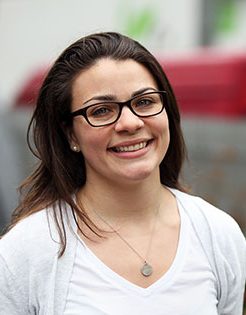
“There is a reason that more black people are dying from this virus than white people,” said Brittney Cavaliere, FCRH ’10, program officer at Connecticut Health Foundation, devoted to reducing racial and ethnic health disparities in the state. “It’s important to recognize that this pandemic will only deepen the inequalities that already exist in our country, from a racial and an economic perspective.”
“People of color are already more likely to have diabetes, asthma, heart disease—these are all the risk factors for developing COVID,” Cavaliere said, describing some of the reasons for the higher death tolls among minority patients.
Many people of color also can’t work from home, because they serve as essential workers such as social service providers, home health care workers, custodians, and grocery store workers, Cavaliere said.
“When people talk about people missing PPE [personal protective equipment], they’re not talking about these other essential workers, who are also out there and do not have what they need,” she said.
Not Just Doctors and Nurses
Essential workers also include hospital employees who aren’t doctors and nurses, Cipollone said.
“Everybody’s thanking doctors and nurses, but they forget about the other care providers,” she said. “People forget about [physician assistants]. People forget about nurse practitioners. People forget about respiratory therapists, and social workers and case managers and all those kinds of people who do a lot of the medical care and the behind-the-scenes work.”
Mitchell, the registered nurse in New York City, praised the “unsung heroes” also working on the front lines. “We could not do our jobs without our hardworking security guards, environmental service workers, radiology technicians, and so many others that are risking their health daily to care for patients,” she said.
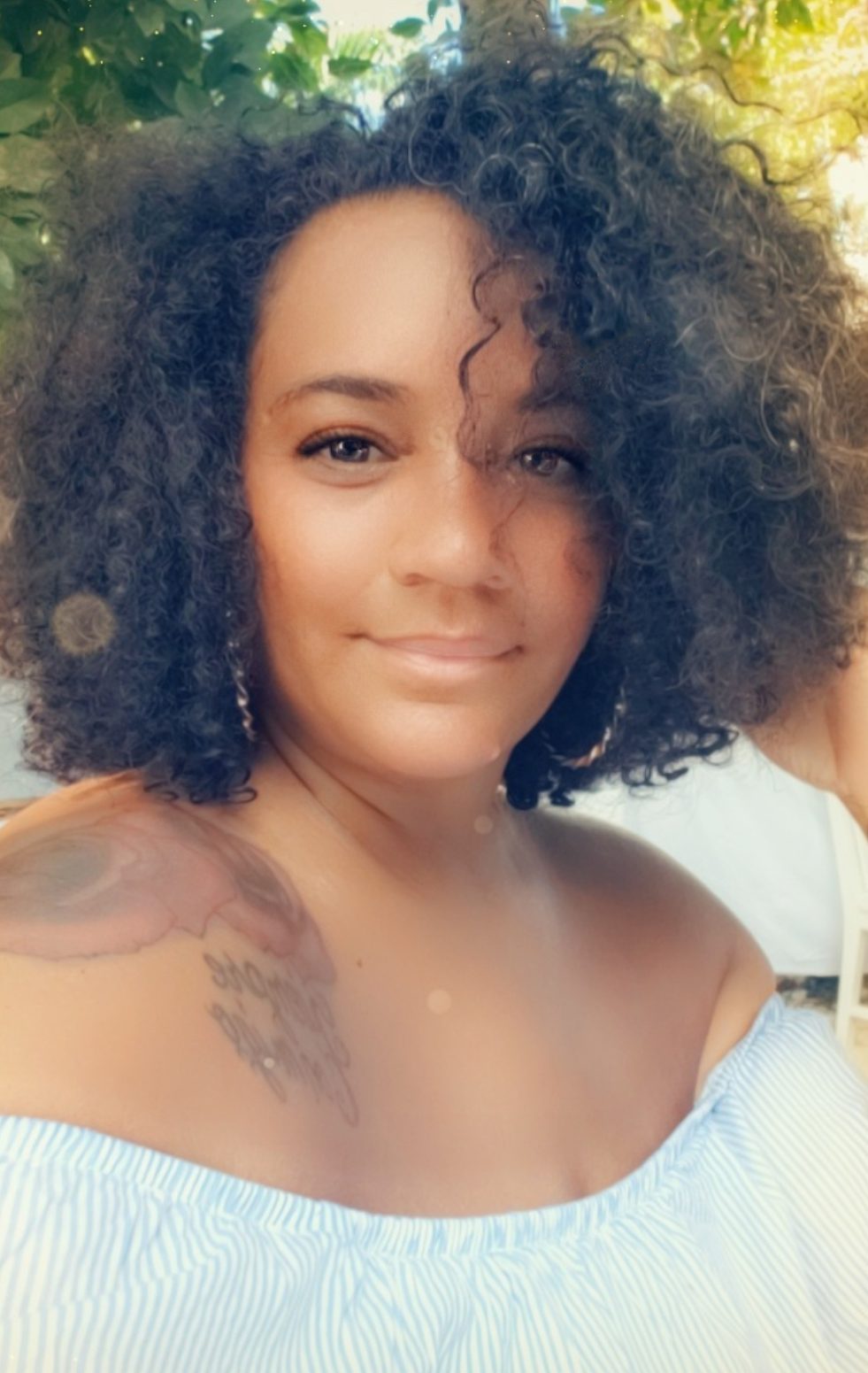
Sandra Bisono, who is finishing up her master’s program with the Graduate School of Social Service, is another one of those essential workers—working as a part-time social worker with Lutheran Social Services of New York in New York City’s foster care system. Over the past few weeks, Bisono has had to come face-to-face with the challenges the coronavirus is posing for many of the families she works with.
She recently took an 11-year-old girl to the Flushing Hospital Medical Center emergency room in Queens because the girl’s foster mother didn’t want to leave her other children at home and take her. The girl ended up being treated for an infection not related to the coronavirus, Bisono said. She kept up her “strong face” for the child, but the hospital experience—lasting more than five hours—was overwhelming, she said.
“Listening and seeing how severe this virus is, and them not knowing how it’s happening, how to take care of it, how to avoid it … when I left that hospital I was emotionally exhausted. I didn’t know if I wanted to cry, I didn’t know if I wanted to scream. I wanted to do all of the above,” Bisono said.
Glimmers of Hope
Despite the increased workloads, challenging environments, and an unprecedented situation, many frontline responders said there are bright spots.
“One is that social distancing is working, and I think San Francisco is proving that right now,” Schoer, the OB-GYN resident at UCSF, said. “In some places, the numbers are flattening. We’re seeing an impact.”
And while the virus is scary, the overwhelming majority of people who catch it either “might not even know [they have it]or have very, very few symptoms,” Schoer said.
Mitchell said that she and her colleagues have been touched by the community’s daily displays of encouragement.
“The love and support from all of New York City is incredibly uplifting,” she said. “I normally work nights but was lucky enough to be at work during the day for one of the 7 p.m. cheers this week and it was like nothing I’ve experienced before—the love of the people cheering, FDNY workers standing on their trucks, people yelling out their windows and roofs was overwhelming and one of the most heartwarming things I’ve ever witnessed.”
—Reporting by Chris Gosier, Adam Kaufman, Kelly Kultys, and Alexandra Loizzo-Desai

